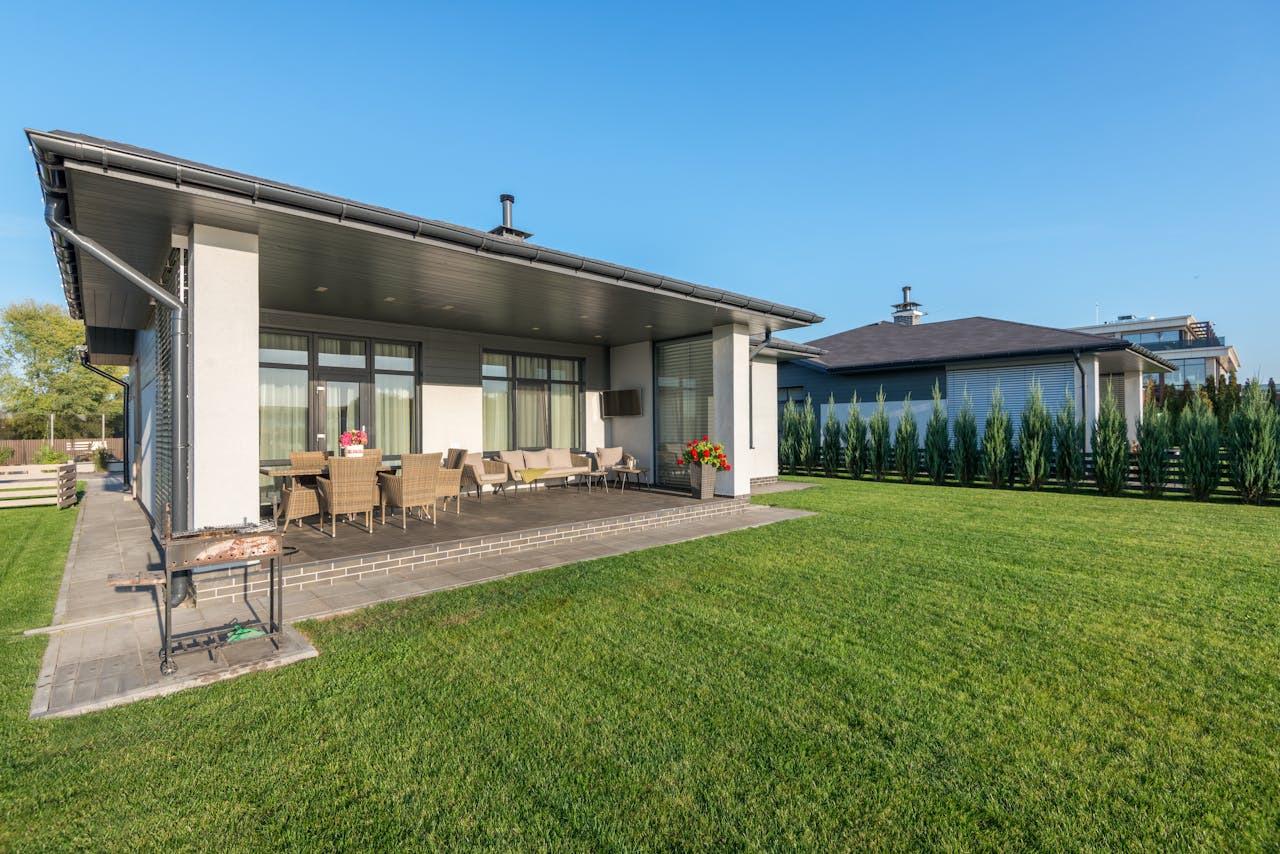Why Sustainable Property Development Leads to Healthier Living Spaces

Sustainable real estate development isn't just about keeping the planet in balance—it's about creating healthier, more habitable communities for everyone. Green buildings that are well-designed have better indoor air quality, maximize natural light, and employ eco-friendly materials that reduce exposure to harmful chemicals.
Sustainable communities are designed to save energy and water, sometimes lower costs over time, and have a smaller environmental impact. Beyond these practical benefits, sustainable communities also enhance the quality of life with green spaces and much more thoughtful urban planning.
Here are four key reasons why sustainable property development creates healthier, more livable spaces, making it a great choice for homeowners and investors alike.
Enhanced Natural Light and Psychological well-being
Natural light availability is one of the key elements of green real estate construction that affects physical and mental health. Green buildings employ energy-efficient windows, skylights, and open floor layouts to achieve high daylight penetration. Natural light reduces the need for artificial light, boosts mood, enhances productivity, and regulates the quality of sleep by influencing circadian rhythms.
Evidence suggests that people who live where there is exposure to abundant sunshine are less stressed and feel healthier overall. As detailed in section J Reports explained, effective energy-efficient buildings with an optimized daylight design promote improved cognitive function and mental health. Intelligent design, integrated in green homes, offers a healthier and more comfortable indoor life.
Improved Indoor Air Quality for Better Health
Green real estate construction emphasizes materials and designs that ensure healthier indoor air, reducing exposure to toxins. Volatile organic compounds (VOCs) in the paints, adhesives, and man-made materials in old buildings will cause respiratory issues as well as other problems. Green buildings use non-toxic, low-VOC materials and advanced ventilation systems, which remove contaminants and bring in clean air.
Additionally, the incorporation of air-purifying systems and indoor plants also enhances air quality, reducing the chances of allergies and respiratory infections. With cleaner indoor air, occupants experience fewer health complications, which means a higher quality of life and comfort in their homes.
Use of Eco-Friendly Materials for a Toxin-Free Home
The materials used for construction play a significant role in determining the well-being of a living space. The majority of conventional materials contain toxic substances such as formaldehyde and lead, which create long-term health issues. Green projects emphasize the use of non-toxic, green materials such as bamboo flooring, reclaimed wood, and natural insulation.
These materials not only minimize indoor air pollution but also minimize the environmental impact of construction. In addition, sustainable materials are more durable and less prone to chemical treatment damage, ensuring a healthier and safer environment for occupants to live in. By adopting sustainable materials, developers offer toxin-free environments that contribute to general well-being and long-term health benefits.
Green Spaces and Smart Urban Planning for Active Lifestyles
Green development does not stop at individual homes, with green space and smart city planning employed to promote active living. Parks, green roofs, and community green spaces provide an opportunity for outdoor recreation, stress relief, and physical activity. Walkable neighborhoods with bikeable infrastructure continue to support active living while discouraging the use of motor vehicles, leading to lower pollution rates.
Studies show that access to nature and outdoor recreation significantly improves mental well-being, decreases stress, and enhances quality of life. By integrating parks and green spaces into residential developments, green property developments create healthier communities in which people have cleaner air to breathe, greater opportunities for physical activity, and a better sense of connection to nature.

Sustainable property development goes beyond eco-benefits—it has tangible benefits to health and well-being. By improving indoor air quality, maximizing natural light, using environment-friendly materials, and integrating green spaces, these developments create healthier environments to live in. Occupants experience fewer respiratory problems, improved mental health, and greater overall comfort. In addition, smart city planning fosters active living, reduces stress, and results in long-term health benefits. As the demand for healthier homes continues to show no abatement, green building features are becoming a standard for the future of real estate.
Published 3/24/25